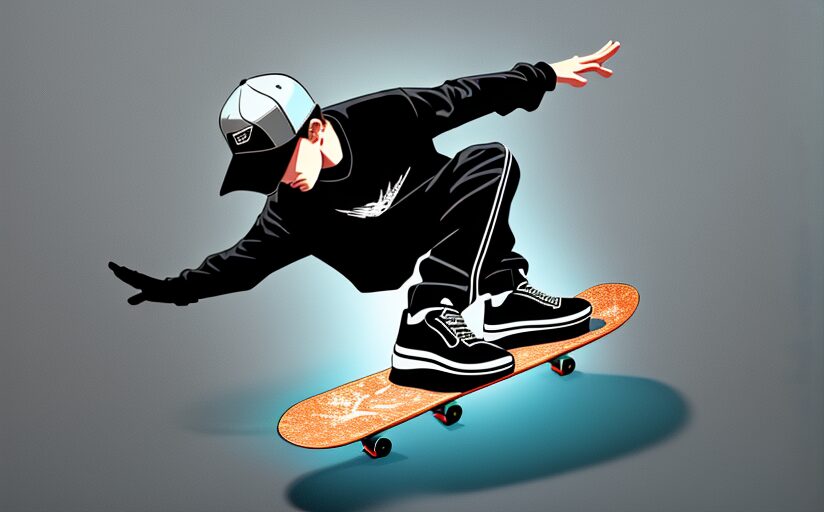During a typical day, most writers work with a ridiculous number of words and punctuation marks that look alike and, for added fun, have similar uses or meanings. Hyphens, en dashes, and em dashes are perfect examples.
To me, these punctuation marks reflect either terrible planning or an intentional attempt to drive writers crazy. Even the best writers may confuse and misuse these marks now and then. If you’re tired of puzzling over them, take a look at these tips for putting them in their places.
Handy Uses of Hyphens
Hyphens either join words together or connect words that have been split between two lines. Some compound words, such as mother-in-law, always require hyphens; so do some prefixes, such as “ex-.” Hyphens can help clarify phrases with compound adjectives, such as “man-eating shark,” that would otherwise take on different meanings.
Suspensive hyphens are another useful tool, allowing you to avoid repeating a common word element in a list (e.g., “first-, second-, and third-year students”).
Hyphens should appear directly next to surrounding words, without any spaces separating them, and they should never be used in place of dashes.
- One-fourth of the bones in the human body are located in the feet.
- Vowels make up almost half of the 12-letter Hawaiian alphabet.

Nuances of En Dashes
Like the hyphen, the en dash joins things together, but its use is more specialized. It can take the place of “to” in ranges of numbers, such as scores or dates. You can also use the en dash to connect an entire compound adjective and another word. Like the hyphen, the en dash should not appear next to spaces.
- Koalas are even more sedentary than sloths; they spend an impressive 20–22 hours per day sleeping.
- Daylight Saving Time was a pre–World War I idea, but wartime fuel shortages are to blame for the concept catching on.
The Multipurpose Em Dash
Since hyphens and en dashes serve similar purposes, some confusion is understandable, but em dash mix-ups are easily avoidable if you remember a few rules. Instead of connecting words, an em dash marks interruptions. It often serves as a flashier form of punctuation you regularly use.
A single em dash can act like a colon, while a pair of em dashes can set off a phrase the way parentheses or commas would. The em dash can also denote the deletion or loss of words. Spacing around em dashes is often a question of style, but AP style requires one space on each side.
- Sleeping offers surprising health benefits over watching TV — it burns more calories and promotes more brain activity.
- The formal term for forgetting a word — a problem that many writers experience on a daily basis — is “lethologica.”

Final Trick To Using Hyphens and Dashes
If you prefer simple memory tricks to formal rules, try these. As the shortest mark, the hyphen can only show an immediate connection between the closest words. The longer en dash shows spans and relationships that may extend past the nearest words. The em dash, which imitates other punctuation marks, is the misfit of the group.
Do you have any other questions about hyphens or dashes that need clearing up? Let us know in the comment section below!


Leave a Reply